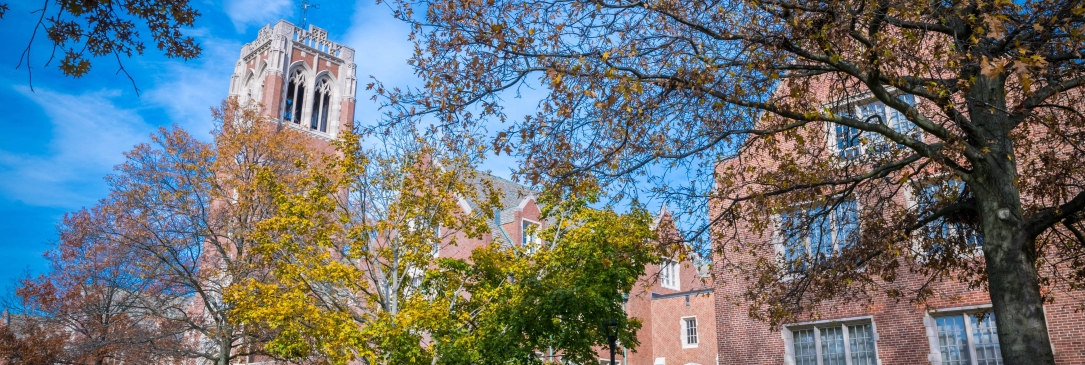Common Species Name, Latin Name
- Common Baldcypress, taxodium distichum
- Cockspur Thorn, crataegus crusgalli
- Common Serviceberry, amelanchier spp.
- Dwarf Korean Lilac, syringa meyeri std. 'palibin'
- White Fir, abies concolor
- Common Witch-hazel, hamamelis virginiana
- Red Osier Dogwood, cornus sericea
- Red Chokeberry, aronia arbutifolia
- Silky Dogwood, cornus amomum
- Rough-leaved Dogwood, cornus drummondii
- Bottlebrush Buckeye, aesculus parviflora
- Black Chokeberry, aronia melanocarpa
- Littleleaf Linden, tilia cordata
- Japanese Snowbell, Viburnum plicatum
- Red Buckeye, aesculus pavia
- Common Hackberry, celtis occidentalis
- Kentucky Coffeetree, gymnocladus dioicus
- Japanese Zelkova, zelkova serrata
- Chinquapin Oak, quercus muehlenbergii
- Flowering Crabapple, malus spp.
- Pin Oak, quercus palustris
- Hinoki Falsecypress, chamaecyparis obtusa
- Austrian Pine, pinus nigra
- Norway Spruce, picea abies
- Horsechestnut, aesculus hippocastanum
- Red Maple, acer rubrum
- Saucer Magnolia, magnolia x soulangiana
- Japanese Flowering Cherry, prunus serrulata
- Colorado Blue Spruce, picea pungens
- Bridalwreath Spiraea, spiraea prunifolia
- Eastern Redbud, cercis canadensis
- White Lilac, syringa vulgaris var. alba
- Freeman Maple, acer x freemanii
- French Purple Lilac, syringa vulgaris
- Common Buckthorn, rhamnus cathartica
- White Oak, quercus alba
- Red Cedar, juniperus virginiana
- Swamp White Oak, quercus bicolor
- Chinese Elm, ulmus parvifolia
- White Mulberry, morus spp.
Common Species Name, Latin Name
- Redwood Dawn, metasequoia glyptostroboides
- Japanese Snowbell, styrax japonicus
- Chinese Dogwood, cornus kousa
- Douglas fir, pseudotsuga menziesii,
- Scotch Pine, pinus sylvestris
- Bur Oak, quercus macrocarpa
- Forest Pansy Redbud, cercis canadensis 'forest pansy'
- Dwarf Korean Lilac, syringa meyeri std. 'palibin'
- 'Fat Albert' Spruce, picea pungens 'fat albert',
- Bottlebrush Buckeye, aesculus parviflora
- Paperbark Maple, acer griseum
- Shingle Oak, quercus imbricaria
- Thornless Honey Locust, gleditsia triacanthos
- River Birch, betula nigra
- Gray Dogwood, cornus racemosa
- Star Magnolia, magnolia stellata
- Serbian Spruce, picea omorika
- Callery 'Bradford' Pear, pyrus calleryana
- American Holly, ilex opaca
- Magnolia Sweetbay, magnolia virginiana
- European Smoketree, cotinus coggygria
Common Species Name, Latin Name
- Cornelian Cherry Dogwood, cornus mas
- Korean Mountain Ash, sorbus alnifolia
- American Smoketree, cotinus obovatus
- Eastern Hemlock, tsuga canadensis
- Eastern White Pine, pinus strobus
- London Planetree, platanus x acerifolia
- Red Pine, pinus resinosa
- Nootka Falsecypress, chamaecyparis nootkatensis
- Shadblow Serviceberry, amelanchier canadensis
- American Hornbeam, carpinus caroliniana
- American sycamore, platanus occidentalis
- Sugar Maple, acer saccharum
- Bloodgood Japanese Maple, acer palmatum atropurpureum
- Allegheny Serviceberry, amelanchier laevis
- Flowering Dogwood, cornus florida
- Ginkgo, ginkgo biloba
- American Beech, fagus grandifolia
- Tuliptree, liriodendron tulipifera
- European Beech, fagus sylvatica
- Yew spp., taxus spp.
- Eastern Arborvitae, thuja occidentalis
- Norway Red Maple 'Crimson King', acer platanoides 'crimson king'
- Japanese Falsecypress, chamaecyparis pisifera
- Western Arborvitae, thuja plicata
- Japanese Tree Lilac, syringa reticulata
- Scarlet Oak, quercus coccinea
- Snow Fountains Weeping Cherry, prunus x 'snofozam'
- Northern Red Oak, quercus rubra
- Silver Linden, tilia tomentosa
Common Species Name, Latin Name
- White Mulberry, morus alba
- Washington Hawthorn, crataegus phaenopyrum
- Crimean Linden, tilia x euchlora
- Ohio Buckeye, aesculus glabra
- White Ash, fraxinus americana
- Blackgum Tupelo, nyssa sylvatica
- Siberian Elm, ulmus pumila
- American Elm, ulmus americana
- American Basswood, tilia americana
- Shagbark Hickory, carya ovata
- Northern Pin Oak, quercus ellipsoidalis
- White Spruce, picea glauca
- Bitternut Hickory, carya cordiformis
- Weeping Willow, salix babylonica
